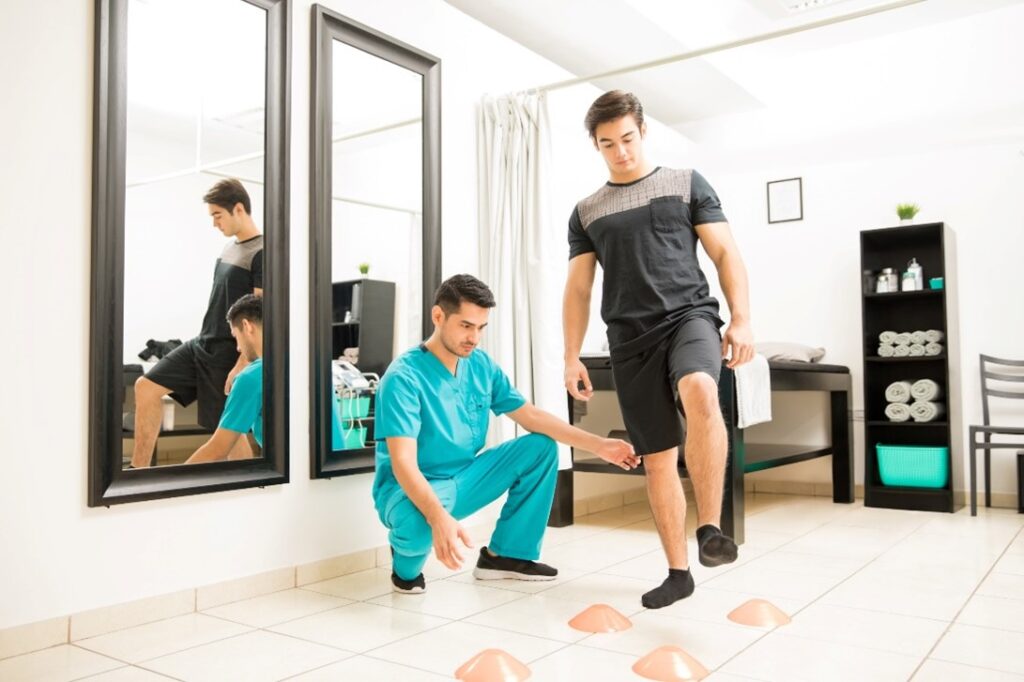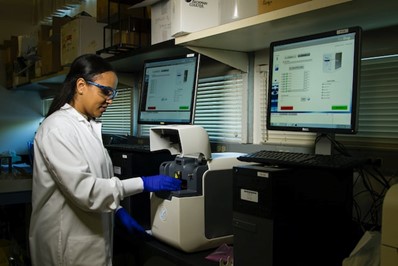
Traditional rehabilitation programs generally focus on only one form of therapy, but taking a holistic approach to neurological conditions is far more effective. The disciplines of physical therapy, occupational therapy, and speech therapy are interconnected and mutually supportive. Complementing speech therapy with both physical therapy and occupational therapy during rehabilitation for neurological conditions helps individuals progress much faster while producing better outcomes.
Below, John R. Callen of Joint & Neuro Rehab Associates discusses the benefits of integrated rehabilitation and comprehensive care in more detail.
Benefits of Integrated Rehabilitation
Whether an individual has suffered a traumatic brain event like a stroke, was born with a pre-existing condition, or developed a brain abnormality later in life, integrated rehabilitation can be a far more effective approach to treatment than individualized therapies. For any condition that affects speech and/or mobility, the combination of physical, occupational, and speech therapies is highly beneficial.
Faster Progress
The reason an individual would seek out a speech therapist is often the result of physical damage such as head trauma or a stroke. Individuals that experience aphasia (difficulty understanding or forming words) after these events typically also suffer from mobility setbacks.
Since communication is reliant on both verbal and physical control, it makes sense that physical therapy and speech therapy together can help people achieve progress at a faster rate.
During this time, occupational therapy will help individuals adjust to their new way of life (whether it is temporary or permanent), target unique areas for learning such as perception and cognition, and provide new motivations for putting effort into the other areas. This will encourage people to take control of their rehab in order to see results more quickly.

Better Outcomes
The effect of integrating different therapy disciplines into an individual’s treatment plan can be compared to the idea that the whole is greater than the sum of its parts. It is undeniable that on their own, occupational therapy, physical therapy, and speech therapy are all capable of producing positive effects for an individual.
However, making progress in one area of therapy can simultaneously improve progress in other areas, and this stacking effect produces a greater final result than what would be achieved with focusing on a single discipline during the rehabilitation process.
For example, any individual who has experienced a stroke may need physical therapy to regain some motor functions. However, if they are also participating in occupational therapy, they can learn new ways to communicate that would be supplemented by the expertise of a speech therapist.
In order to provide truly comprehensive care to those having trouble with speech and/or mobility, all three therapy disciplines (speech, physical, and occupational) must be used together. This is the only way to ensure that every individual ends up with the greatest possible result.
Final Thoughts
All in all, a holistic and multi-discipline approach to rehabilitation offers unique advantages over traditional single-therapy treatment plans. In order to fully support an individual’s communicative, functional, and physical needs as they develop or recover, an integrated approach to therapy is a must.



